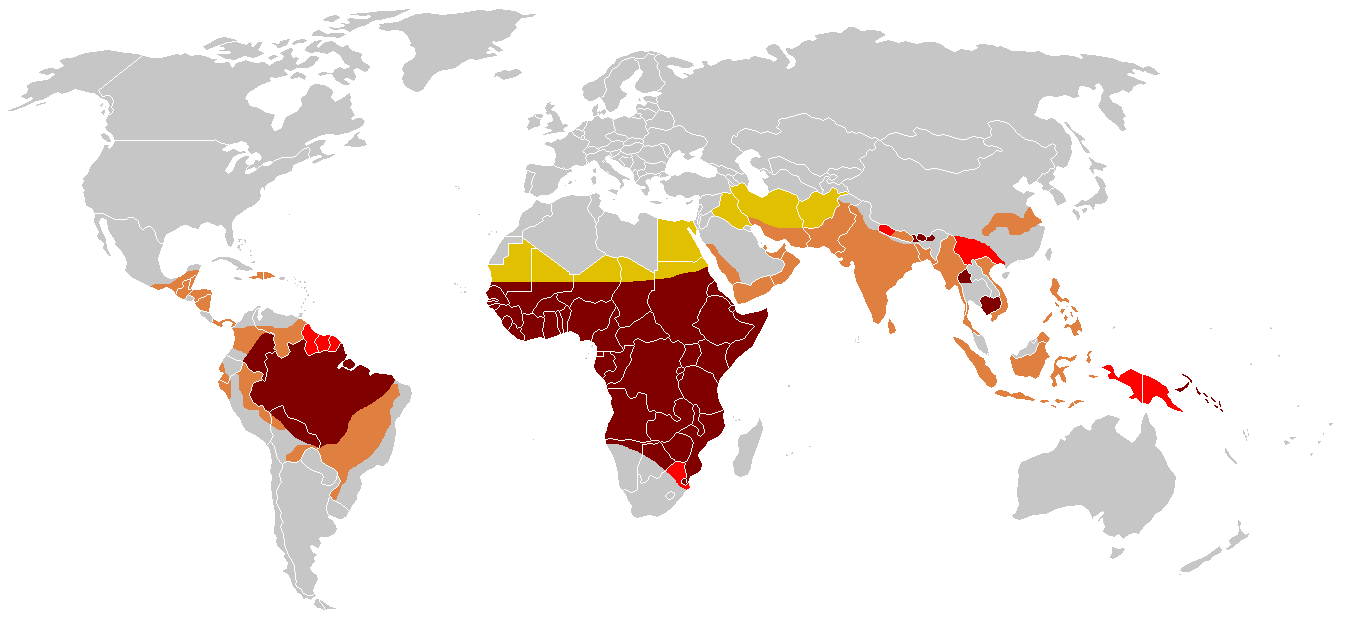What is malaria? Malaria is a disease that occurs mostly in Sub-Saharan Africa, while areas such as North America and Europe are essentially unaffected. You may know that the disease is spread by mosquitoes, but to be more specific, malaria is caused by a parasite known as Plasmodium falciparum. After a person is bitten by an infected mosquito, the parasite reproduces itself in the liver before infecting and destroying the person’s red blood cells. Due to the important role that red blood cells play in carrying oxygen, their destruction can cause many problems. Symptoms of malaria can range from mild to severe. An infected individual may experience headaches, chills, and vomiting; however, in more severe cases, organ failures may result, which ultimately lead to death. If diagnosed early, infected individuals have better chances of being cured of the disease. Current treatment options such as artemisinin-based combination therapy aim to kill the parasites present in patients. However, the increasing resistance of parasites to these treatment options hinders the possibility of eradicating the disease. Fortunately, a recent finding may enable new treatment options to be developed.
Image source: Ed Reschke
Researchers have discovered that Plasmodium falciparum requires the presence of a certain protein, known as CD55, on red blood cells in order to cause infection. The researchers noted that the parasites are capable of entering red blood cells through different protein receptors. As a result, targeting certain receptors as an attempt to prevent infection may be futile since the parasites have many entry options. However, researchers found that when CD55 was removed, the parasites were no longer able to invade red blood cells that were transformed from stem cells. They found that each strain of Plasmodium falciparum they tested could not invade the cells without CD55 being present.
The results of this study suggest that CD55 is required by the malaria parasite to cause infection. As a result, new treatments of malaria could be designed revolving around this idea. The novel approach that these researchers took, by searching for factors in the hosts that make them vulnerable to parasitic infections, may also lead to new ways of dealing with other parasites.
Feature Image Source: Malaria Areas by Mick Hoy










